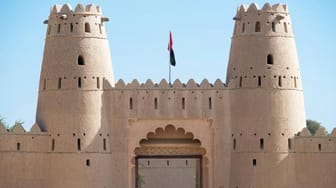Qasr Al Watan
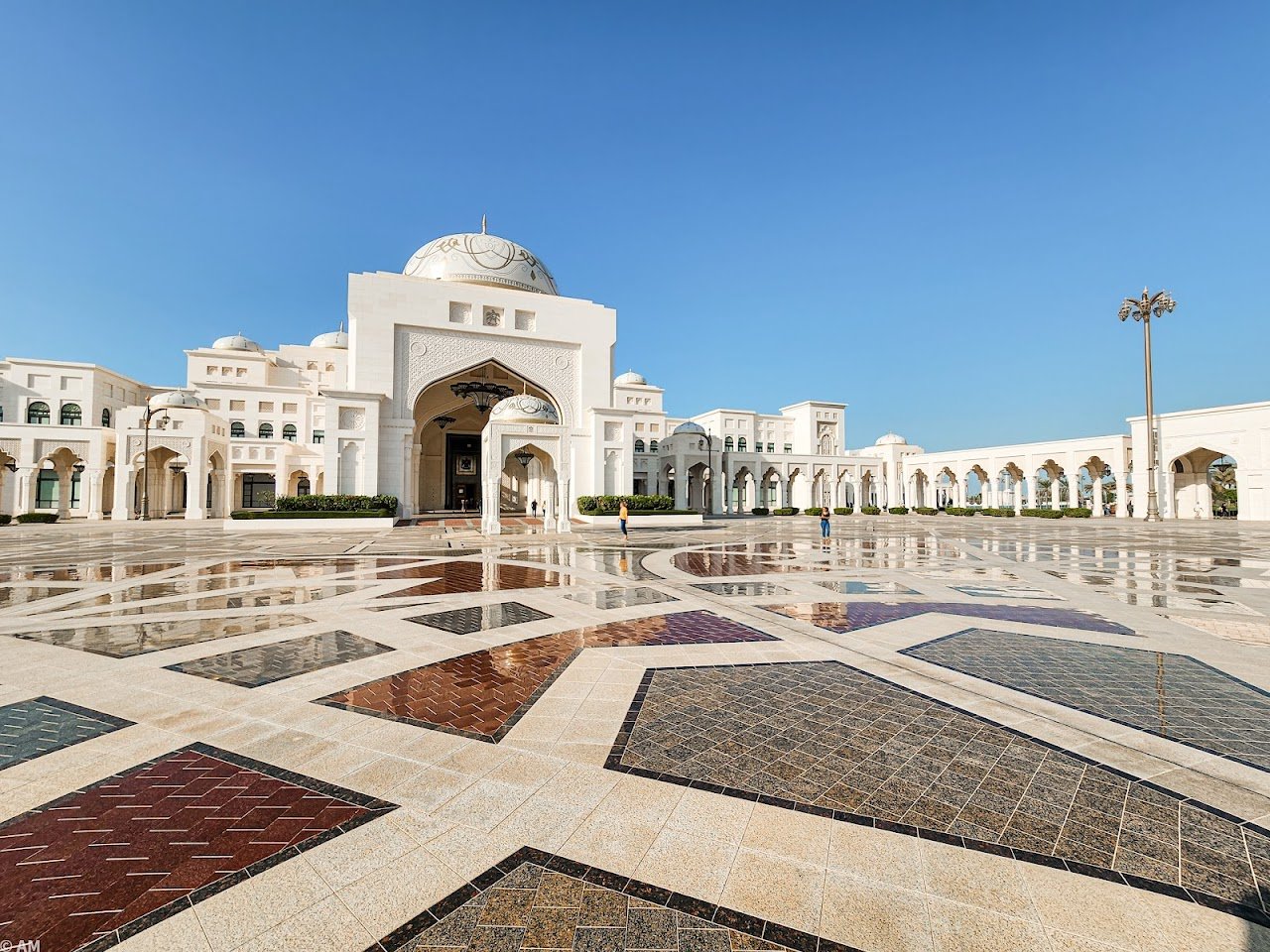
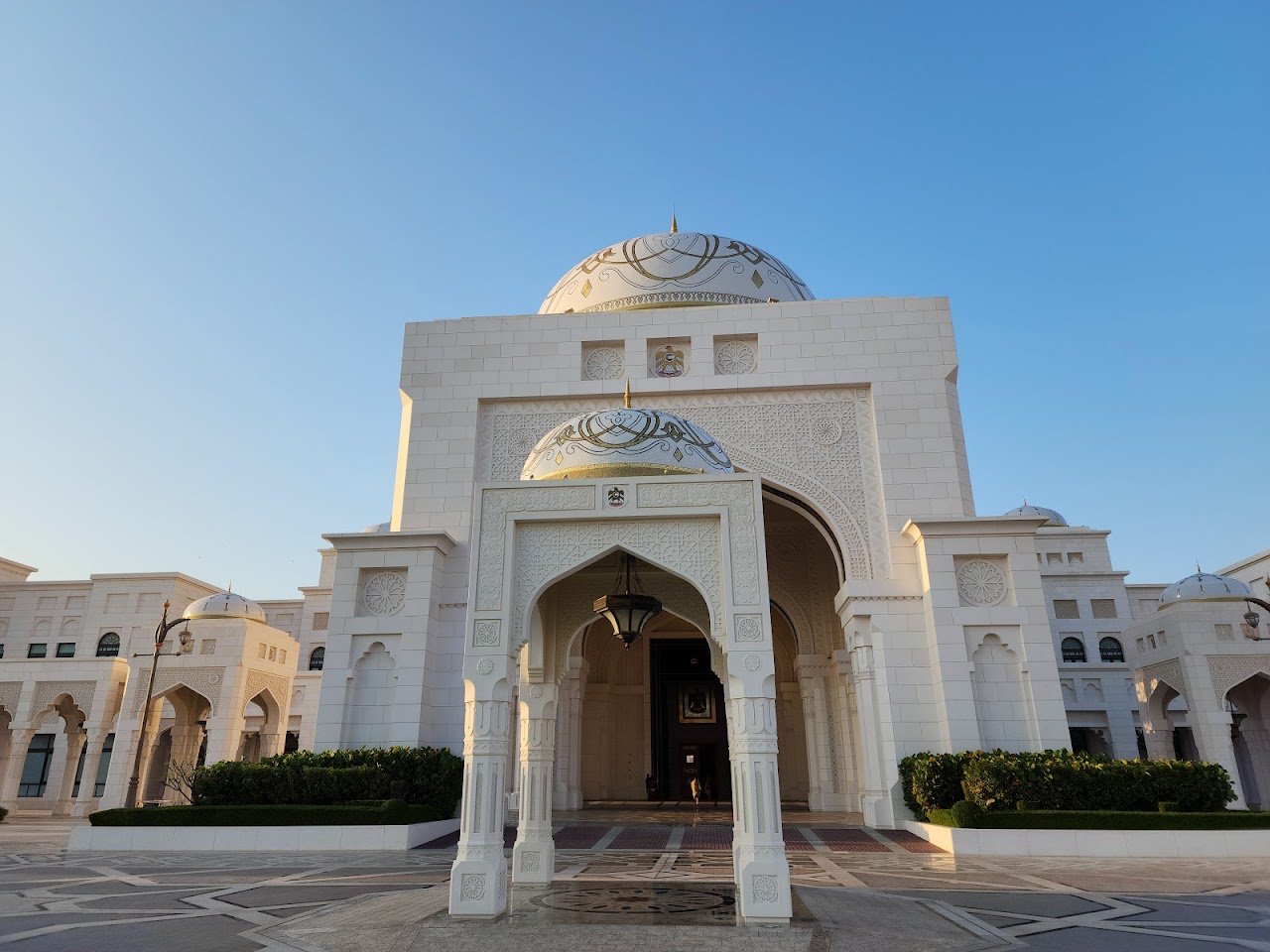
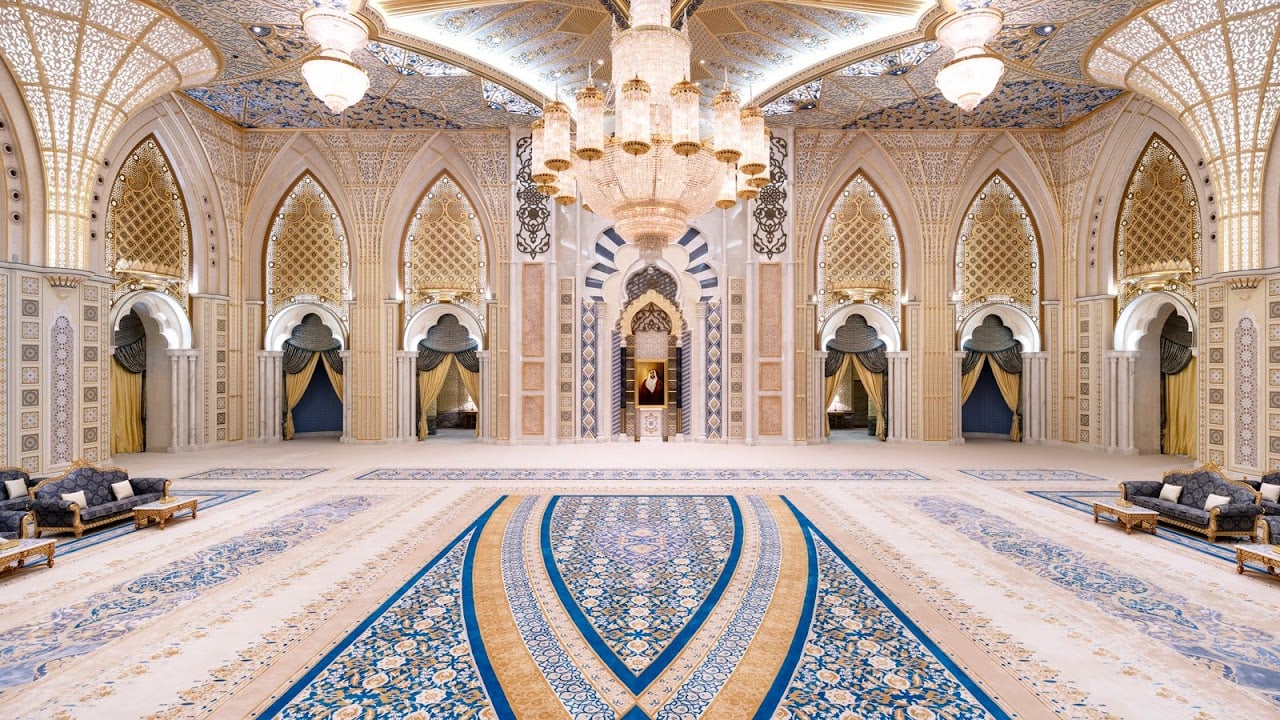
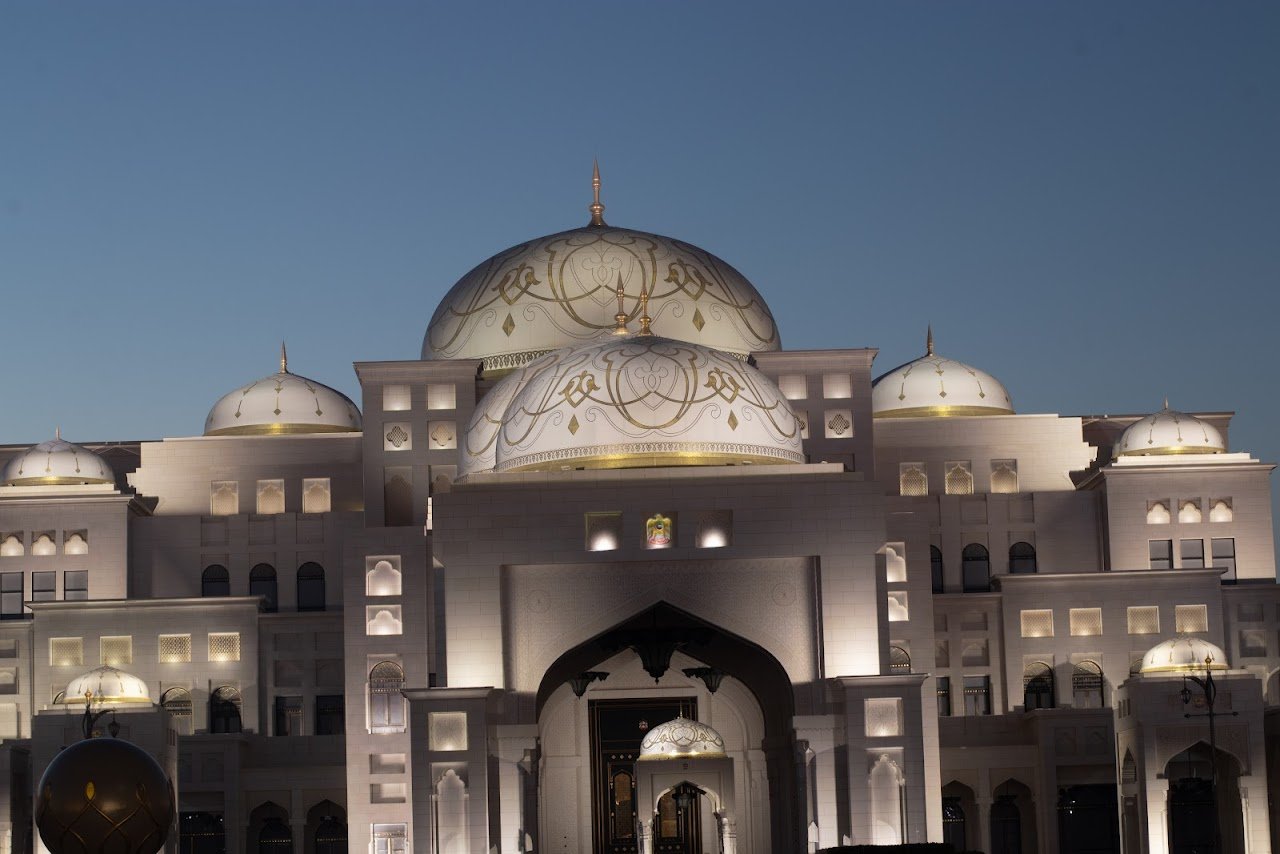
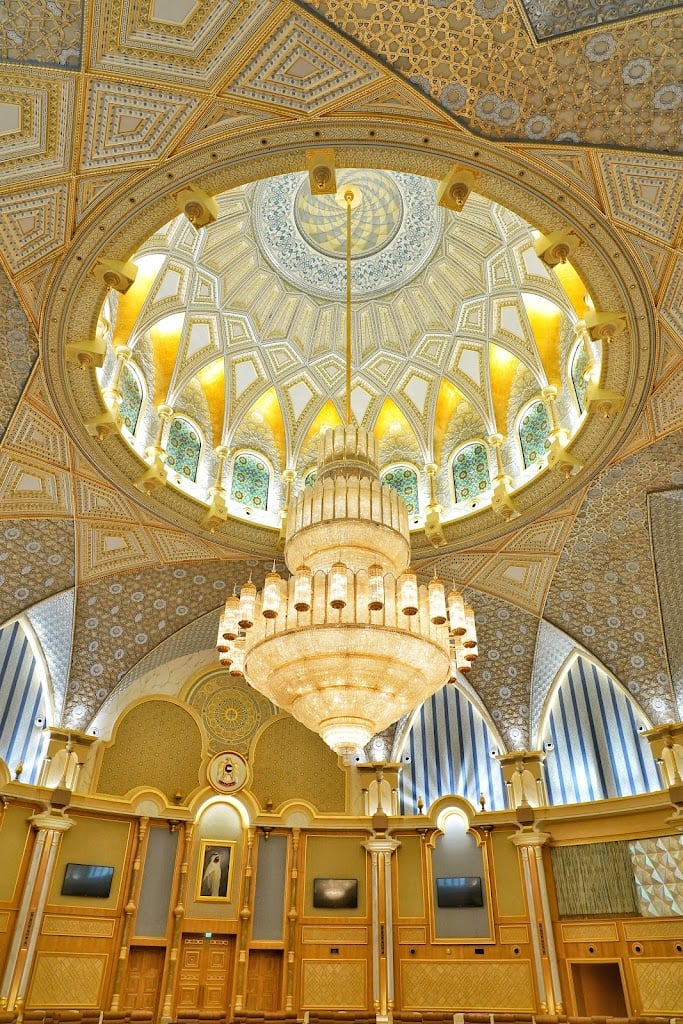
Ask ThatchGPT
Suggest a local expert to plan my trip
Suggest an unique itinerary for my Abu Dhabi trip
What foods do Abu Dhabi locals eat
What are some true hidden gems in Abu Dhabi
Help me brainstorm trip ideas for Abu Dhabi
Help me plan a family-friendly trip to Abu Dhabi
What people say
Pedro Pereira
Available for hire
"Qasr Al Watan, completed in 2017, stands as a monumental testament to the cultural heritage and architectural prowess of the United Arab Emirates. The palace was officially opened to the public on March 11, 2019, by Sheikh Mohammed bin Zayed and Sheikh Mohammed bin Rashid Al Maktoum, marking its transformation from a venue primarily for hosting foreign dignitaries and governmental meetings into a public cultural landmark. Even after its opening, Qasr Al Watan continues to serve its original official functions, hosting important state affairs.
With its stunning façade crafted from white granite and limestone, the palace features intricate designs and elaborate decorations. The most striking element is the magnificent dome, measuring 37 meters in diameter, which crowns the central chamber known as "The Great Hall." This space is adorned with a breathtaking chandelier composed of 350,000 pieces of crystal, adding to the grandeur of the interior.
The palace is divided into two main wings. The eastern wing houses the "House of Knowledge," which stores significant artifacts, including gifts from visiting officials and religious texts such as the Quran and the Bible. This wing also features a library boasting over 50,000 books that chronicle the cultural, social, and political history of the UAE.
In contrast, the western wing is dedicated to official functions, including the "Spirit of Collaboration" room, which hosts meetings for the UAE Cabinet and the Federal Supreme Council. This wing also accommodates banquet facilities and exhibits diplomatic gifts, reinforcing the palace's role as a center for both governance and cultural exchange. Since its opening, Qasr Al Watan has been recognized internationally, being named one of the top landmarks of art and culture in the world and nominated for prestigious awards as a cultural tourist attraction in the Middle East."
Read more in:
Claudia Vismara
Available for hire
"Explore the grandeur of Qasr Al Watan, the Palace of the Nation, in the heart of Abu Dhabi. This stunning architectural gem showcases the UAE’s rich heritage and culture. Inside, you'll find halls adorned with intricate mosaics, chandeliers, and artwork, offering a glimpse into the nation’s governance. Discover galleries with rare artifacts, historical documents, and interactive exhibits tracing the UAE's journey from its Bedouin roots to modern prominence. Don’t miss the "Palace in Motion" show, a visual and musical spectacle that brings the palace’s facade to life with the story of the UAE’s past, present, and future."
Mihaela Petca
Available for hire
"✏️Qasr al Watan is the Presidential Palace of the UAE and it is representative for the Arabian culture and architecture.
🕒Opening hours: check the link below for the exact opening hours.
💲Prices:
Adult: AED 65
Child: AED 30
You can buy tickets online at the link below.
The tickets might have a higher price when bought directly at the palace."
Read more in:
Mentioned in these guides
About Qasr Al Watan
Get the inside scoop on Qasr Al Watan from local experts, travel creators, and tastemakers. Browse genuine trip notes, Qasr Al Watan reviews, photos, travel guides, and itineraries from real travelers and plan your trip with confidence.
Website
Phone
Save this spot for later or start mapping out a new trip today
Try our AI Travel Assistant and get instant answers to any questions about your trip.
Ask ThatchGPT

